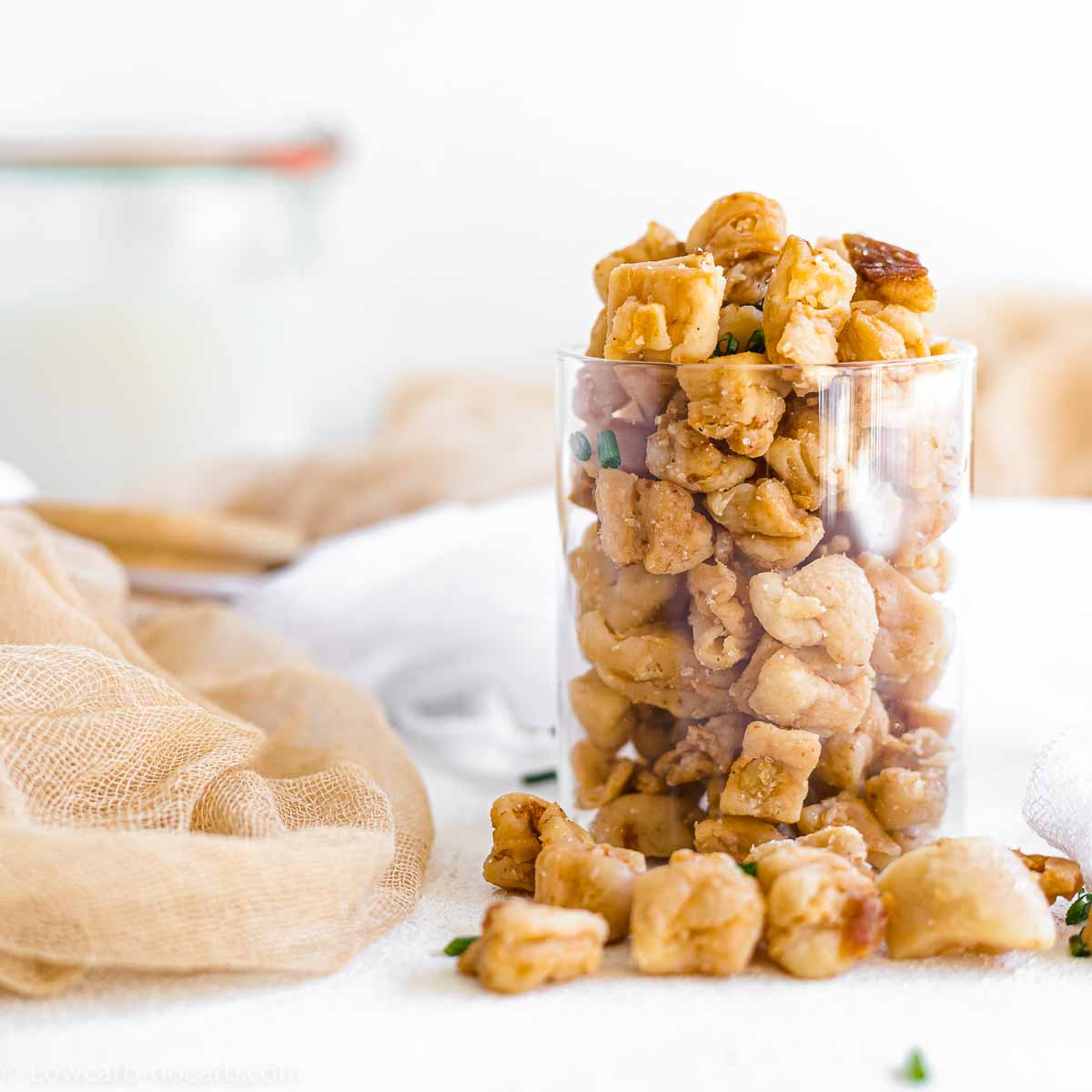

Articles
How To Store Pork Lard
Modified: February 22, 2024
Learn the proper way to store pork lard and keep it fresh for cooking delicious meals. Read our informative articles on pork lard storage tips and techniques.
(Many of the links in this article redirect to a specific reviewed product. Your purchase of these products through affiliate links helps to generate commission for Storables.com, at no extra cost. Learn more)
Introduction
Welcome to the wonderful world of pork lard! If you’re a fan of cooking and baking, you probably know that pork lard is a versatile and delicious ingredient. From adding flavor and moisture to creating flaky pastry crusts, pork lard has been a beloved staple in kitchens for centuries.
But what do you do when you have a surplus of pork lard and want to store it for future use? In this article, we’ll guide you through the process of storing pork lard, whether you prefer to keep it at room temperature, in the refrigerator, or even freeze it for long-term storage.
Properly storing pork lard is essential to maintain its freshness, prevent rancidity, and preserve its flavor. By following the guidelines in this article, you’ll be able to keep your pork lard in pristine condition for extended periods, ensuring that it remains ready for whenever your culinary creations call for its rich and savory presence.
So let’s dive into the detailed steps and tips on how to store pork lard effectively, preserving its quality and taste for your future cooking endeavors.
Key Takeaways:
- Properly storing pork lard is crucial for maintaining its flavor and quality. Whether at room temperature, in the refrigerator, or freezer, following the correct methods ensures optimal preservation.
- Choosing high-quality pork fat, preparing it properly, and using the right storage method are key to enjoying the benefits of pork lard in your culinary creations.
Read more: How To Store Lard
Why Store Pork Lard?
Pork lard is a valuable ingredient in cooking and baking due to its unique flavor and versatility. It adds a rich, savory taste to dishes and is particularly prized for its ability to create flaky and tender pastries. Whether you’re making pie crusts, biscuits, or even frying foods, pork lard can take your culinary creations to a whole new level.
While using fresh pork lard is ideal for achieving the best results, there are several reasons why you may want to store pork lard for later use:
- Convenience: By storing pork lard, you can have it readily available whenever you need it, without the hassle of rendering fresh lard every time you cook or bake.
- Cost-saving: Buying pork lard in bulk or rendering it from leftover pork fat can be more economical than purchasing smaller quantities each time you need it.
- Reducing waste: If you regularly cook pork dishes or have access to pork fat, storing the excess lard allows you to utilize all parts of the animal and minimize waste.
- Flavor development: Some chefs and home cooks believe that storing pork lard for a certain period can enhance its flavor, allowing it to develop more depth and complexity over time.
With these compelling reasons in mind, let’s explore the various methods of storing pork lard to make the most of this precious ingredient.
Choosing the Right Pork Lard
When it comes to storing pork lard, selecting the right type and quality of lard is crucial. Here are some tips to help you choose the best pork lard for storage:
- Quality of the Fat: Start with high-quality pork fat. Look for fat that is fresh, odorless, and free from any signs of spoilage.
- Source of the Fat: Consider the source of the pork fat. Ideally, choose fat from organic, pasture-raised, or local sources that prioritize the welfare of animals and avoid additives or hormones.
- Type of Lard: There are different types of pork lard available. Leaf lard, derived from the fat around the pig’s kidneys, is considered the highest quality and is preferred for baking due to its mild flavor. Fatback lard, obtained from the subcutaneous fat layer, is more suitable for general cooking purposes.
- Rendered vs. Unrendered: Decide whether you prefer to store rendered or unrendered pork fat. Rendered lard is the melted and filtered fat, while unrendered lard refers to the solid fat that hasn’t been melted down. Rendered lard saves you the step of rendering the fat later, but unrendered lard gives you more flexibility in how you want to process it.
- Personal Preferences: Consider your personal cooking preferences and the dishes you plan to make with the lard. Some people may prefer a more flavorful lard, while others may opt for a milder taste.
By paying attention to these factors, you can ensure that you choose the best pork lard for storage, ultimately enhancing the flavor and quality of your dishes.
Preparing the Lard for Storage
Before you store pork lard, it’s important to properly prepare it to ensure its longevity and quality. Here’s what you need to do:
- Clean the Fat: If you’re working with unrendered pork fat, start by cleaning it thoroughly. Remove any bits of meat or connective tissue, as they can spoil quickly and affect the lard’s shelf life. Trim away any discolored or damaged portions as well.
- Cut into Small Pieces: For easier rendering or storage, cut the pork fat into small, even-sized pieces. This allows for more efficient rendering and reduces the rendering time. If you’re planning to render the lard later, you can skip this step.
- Render the Lard: If you’re storing rendered lard, it’s time to render the fat. Place the fat pieces in a heavy-bottomed pan or slow cooker, and slowly melt them over low heat. Strain and filter the melted fat to remove any impurities or solids. The rendered lard can be stored directly, but if you prefer solid lard, allow it to cool and solidify before moving on to the next step.
- Strain Again: Regardless of whether you’re storing rendered or unrendered lard, it’s essential to strain it again before storing. This step helps remove any remaining impurities or particles that could contribute to spoilage.
- Let It Settle: If you rendered the lard, allow it to cool and settle in the container you plan to store it in. This helps any remaining solids sink to the bottom, leaving you with clear lard on top.
By taking these necessary preparatory steps, you can ensure that your pork lard is clean, pure, and ready for storage. This sets the foundation for storing the lard properly and maintaining its quality over time.
Storing Pork Lard at Room Temperature
Storing pork lard at room temperature is a common method used by many home cooks. However, it’s important to note that room temperature storage is suitable only for short-term use, typically up to a few weeks. Here’s how you can store pork lard at room temperature:
- Choose the Right Container: Select an airtight and light-blocking container to store the pork lard. Glass jars with tight-fitting lids or food-grade plastic containers are ideal choices. Make sure the container has been thoroughly cleaned and dried before use.
- Fill the Container: Transfer the pork lard to the container, leaving some headspace to accommodate any expansion or contraction as the temperature fluctuates.
- Seal and Store: Place the lid tightly on the container to create a proper seal. Store the pork lard in a cool, dark, and dry place away from direct sunlight, heat sources, and moisture.
It’s important to monitor the room temperature where the lard is stored. Ideally, the temperature should be below 68°F (20°C) to prevent the lard from melting or becoming too soft. If the temperature in your kitchen or storage area rises above this range, consider storing the lard in the refrigerator instead to maintain its freshness and stability.
Remember to periodically check the pork lard for any signs of spoilage, such as off smells, mold growth, or discoloration. If you notice any of these signs, discard the lard immediately to avoid foodborne illnesses.
Storing pork lard at room temperature can be a convenient option for short-term use, but always exercise caution and pay attention to food safety guidelines to ensure the lard remains safe to consume.
Store pork lard in an airtight container in the refrigerator or freezer to extend its shelf life. This will help prevent it from becoming rancid and maintain its quality for longer.
Read more: How To Store Rendered Lard
Storing Pork Lard in the Refrigerator
If you prefer a longer shelf life for your pork lard, storing it in the refrigerator is a reliable option. The cold temperature helps slow down the oxidation process and preserves the lard’s freshness. Follow these steps to store pork lard in the refrigerator:
- Select the Proper Container: Choose a container that is airtight and made of glass or food-grade plastic. Make sure it has a tight-fitting lid to keep the lard well-sealed and protected from odors in the refrigerator.
- Cool and Solidify: If the pork lard is still in liquid form, allow it to cool and solidify slightly before transferring it to the container. This prevents the lard from spilling or leaking during storage.
- Fill and Seal: Spoon or pour the pork lard into the container, leaving some headspace at the top. Seal the container tightly to prevent air and moisture from entering, which can lead to quality degradation.
- Label and Date: It’s essential to label the container with the date of storage. This helps you keep track of its freshness and ensures you use the oldest lard first.
- Refrigerate: Place the sealed container in the refrigerator, preferably on a shelf towards the back where it experiences the least temperature fluctuation.
When stored properly in the refrigerator, pork lard can last for several months, up to six months or longer. However, it’s still advisable to perform regular quality checks to ensure the lard hasn’t developed any off odors, mold, or discoloration. If you notice any signs of spoilage, discard the lard immediately.
Storing pork lard in the refrigerator is a safe and effective way to extend its shelf life while maintaining its quality. It’s a convenient option for those who use lard less frequently or want to have a ready supply on hand for sporadic culinary adventures.
Freezing Pork Lard for Long-Term Storage
If you have a surplus of pork lard or want to store it for an extended period, freezing is the best method for long-term storage. Freezing pork lard helps preserve its freshness, flavor, and quality for up to a year or more. Here’s how you can freeze pork lard:
- Prepare the Lard: Ensure that the pork lard is clean, strained, and cooled to room temperature before freezing.
- Portion the Lard: Divide the lard into smaller portions or use an ice cube tray to create convenient serving sizes. This allows you to thaw only the required amount each time you need it, minimizing waste.
- Wrap and Seal: Individually wrap each portion of lard tightly with plastic wrap or place them in freezer-safe containers or resealable plastic bags. Make sure to remove any excess air to prevent freezer burn and oxidation.
- Label and Date: Clearly label each wrapped portion or container with the date of freezing. This ensures that you can manage the lard inventory and use the oldest one first.
- Freeze: Place the wrapped portions or containers in the freezer, ensuring they are stored upright to prevent leakage or spilling. Ideally, position them in a spot with constant temperature, such as the back of the freezer.
Frozen pork lard can be safely stored for a year or longer, but the flavor and quality may gradually deteriorate over time. It’s best to use the frozen lard within a year for the best results.
When you’re ready to use the frozen lard, simply transfer it to the refrigerator to thaw slowly overnight or heat it gently until it reaches a pourable or spreadable consistency. Avoid microwaving the lard directly, as this may cause uneven heating and compromise the quality.
By freezing pork lard, you can enjoy the convenience of having it readily available for an extended period, while ensuring it retains its freshness and taste.
Proper Packaging and Labeling
When it comes to storing pork lard, proper packaging and labeling are essential for maintaining its quality and ensuring easy identification. Here are some guidelines to follow:
- Airtight Containers: Choose containers that are airtight and can prevent exposure to air, moisture, and odors. Glass jars with tight-fitting lids or food-grade plastic containers with secure seals are excellent options. Avoid using containers that are not intended for food storage, as they may not provide adequate protection.
- Labeling: Clearly label each container with the contents, date of storage, and any other relevant information. This helps you keep track of the freshness and usage order of the pork lard. Use waterproof labels or write directly on the container with a permanent marker to ensure the label remains legible, even in the presence of condensation or moisture.
- Portioning: Consider dividing the pork lard into smaller portions before storage. Portioning allows you to thaw and use only the amount needed, reducing waste and preserving the quality of the remaining lard. Use individual wraps, freezer bags, or ice cube trays to portion the lard conveniently.
- Remove Excess Air: When packaging the lard, ensure that excess air is removed from the containers or bags to minimize the risk of freezer burn and oxidation. Press out any air pockets before sealing the containers tightly.
- Light Protection: Light can degrade the quality of pork lard over time, so it’s important to store the lard in light-blocking containers or in a dark location. If using clear containers, consider wrapping them in aluminum foil or storing them in a pantry or cupboard away from direct sunlight.
Proper packaging and labeling not only maintain the freshness and quality of the pork lard but also make it easier to organize and retrieve the lard when needed. By following these guidelines, you can ensure that your stored pork lard remains in optimal condition and ready for your culinary creations.
Tips for Maintaining Pork Lard Quality
To ensure that your stored pork lard maintains its quality and flavor over time, consider the following tips:
- Keep it Clean: Always start with clean and trimmed pork fat when rendering lard. Remove any impurities, such as meat or connective tissue, to prevent spoilage.
- Store in Cool Conditions: Whether storing at room temperature, in the refrigerator, or freezer, aim for cool temperatures to prevent the lard from melting or becoming rancid. Avoid exposure to heat sources or direct sunlight.
- Monitor Temperature: Regularly check the storage temperature of the lard. Room temperature storage should be below 68°F (20°C), refrigerator storage should be around 40°F (4°C), and freezer storage should be at or below 0°F (-18°C). Fluctuations in temperature can affect the quality and shelf life of the lard.
- Prevent Contamination: Ensure all utensils, containers, and surfaces used for handling the lard are clean and dry to prevent cross-contamination. Avoid using wet or dirty utensils that can introduce moisture and impurities into the lard.
- Minimize Oxygen Exposure: Oxygen contributes to the oxidation process, which can result in rancidity. Keep the lard well-sealed in airtight containers, removing excess air before sealing, to limit oxygen exposure.
- Regularly Check for Spoilage: Periodically inspect the stored lard for any signs of spoilage, such as off smells, mold growth, or discoloration. If you notice any abnormalities, discard the lard immediately to avoid consuming spoiled or unsafe product.
- Use the Oldest First: Label and date your stored pork lard, and use the oldest ones first to ensure freshness and avoid waste. Implement a first-in, first-out (FIFO) system to manage your lard inventory effectively.
- Avoid Excessive Thawing and Refreezing: If you’re using frozen lard, try to thaw only the portion you need to minimize the number of thawing and refreezing cycles. Excessive freezing and thawing can affect the texture and flavor of the lard.
- Consider Vacuum Sealing: Vacuum-sealed packaging can help prolong the shelf life of pork lard by minimizing air exposure. If you have a vacuum sealer, consider using it to package your lard for optimal preservation.
By following these tips, you can ensure that your stored pork lard remains fresh, flavorful, and of the highest quality for a longer period.
Read more: How To Store Lard Long Term
Conclusion
Storing pork lard properly is essential to maintain its freshness, flavor, and quality for future culinary endeavors. Whether you choose to store it at room temperature, in the refrigerator, or freezer, following the correct methods and guidelines will ensure optimal preservation.
When selecting pork lard, consider the quality of the fat, the source of the fat, and whether you prefer rendered or unrendered lard. These factors can contribute to the overall taste and quality of your stored lard.
Preparing the lard for storage involves cleaning it, cutting it into small pieces, and properly rendering or straining it. These steps ensure that the lard is ready for storage and free from any impurities or contaminants.
Storing pork lard at room temperature is suitable for short-term use, while refrigeration provides a longer shelf life. Freezing the lard allows for long-term storage, maintaining its freshness and quality for up to a year or more.
Proper packaging and labeling are crucial for preserving pork lard. Using airtight containers, removing excess air, and protecting the lard from light are all essential steps. Labeling containers with the date of storage helps you keep track of freshness and usage order.
To maintain the best quality of your stored pork lard, keep it clean, monitor temperature, prevent contamination, and regularly check for signs of spoilage. Using the oldest lard first and avoiding excessive thawing and refreezing will also contribute to maintaining its flavor and texture.
In conclusion, by following the proper storage methods, you can enjoy the benefits of pork lard in your culinary creations for an extended period. Storing pork lard not only saves you time and money but also allows you to savor its delicious flavor throughout the year. With these guidelines, you can store and maintain the quality of your pork lard, ensuring it’s always ready to elevate your cooking and baking endeavors.
Frequently Asked Questions about How To Store Pork Lard
Was this page helpful?
At Storables.com, we guarantee accurate and reliable information. Our content, validated by Expert Board Contributors, is crafted following stringent Editorial Policies. We're committed to providing you with well-researched, expert-backed insights for all your informational needs.
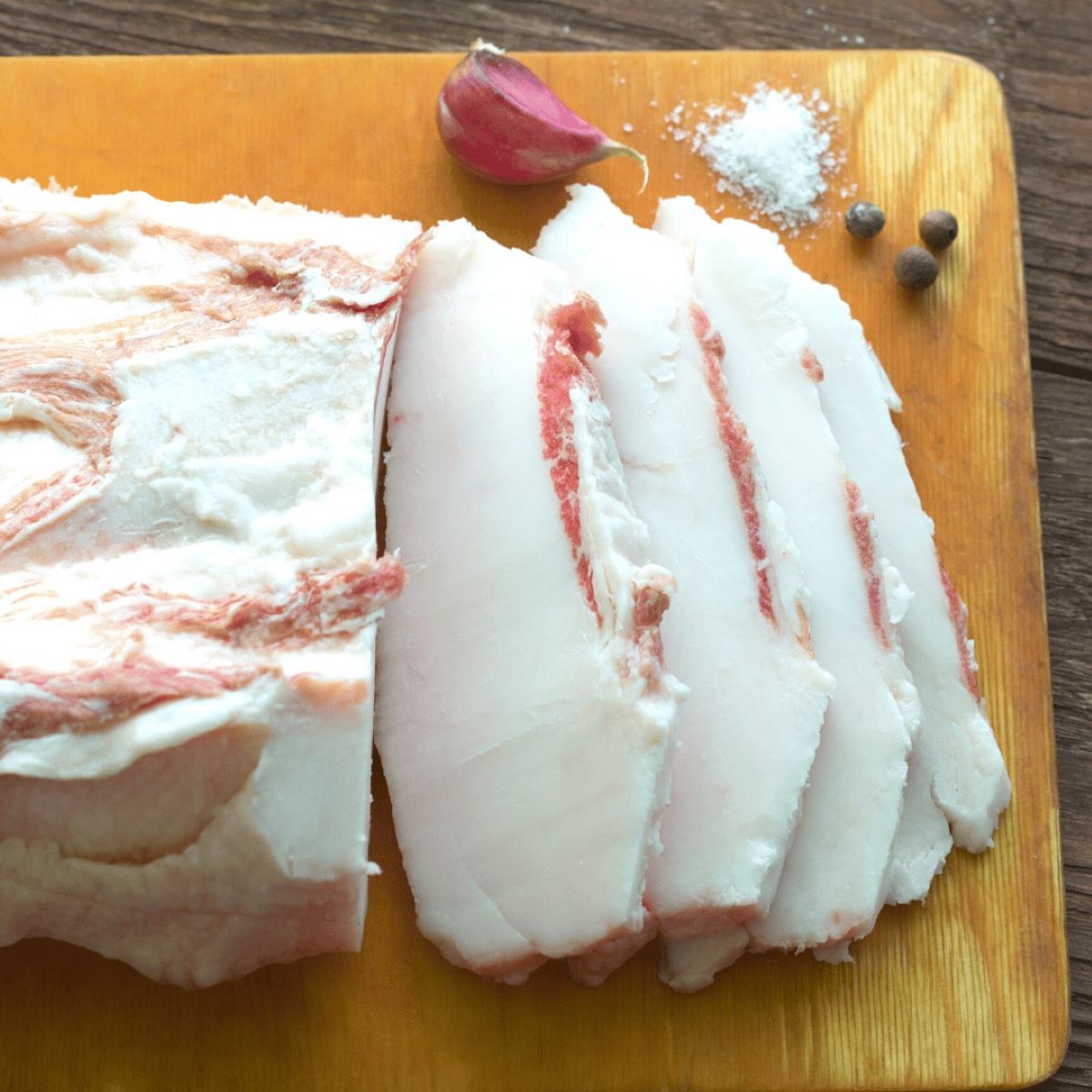
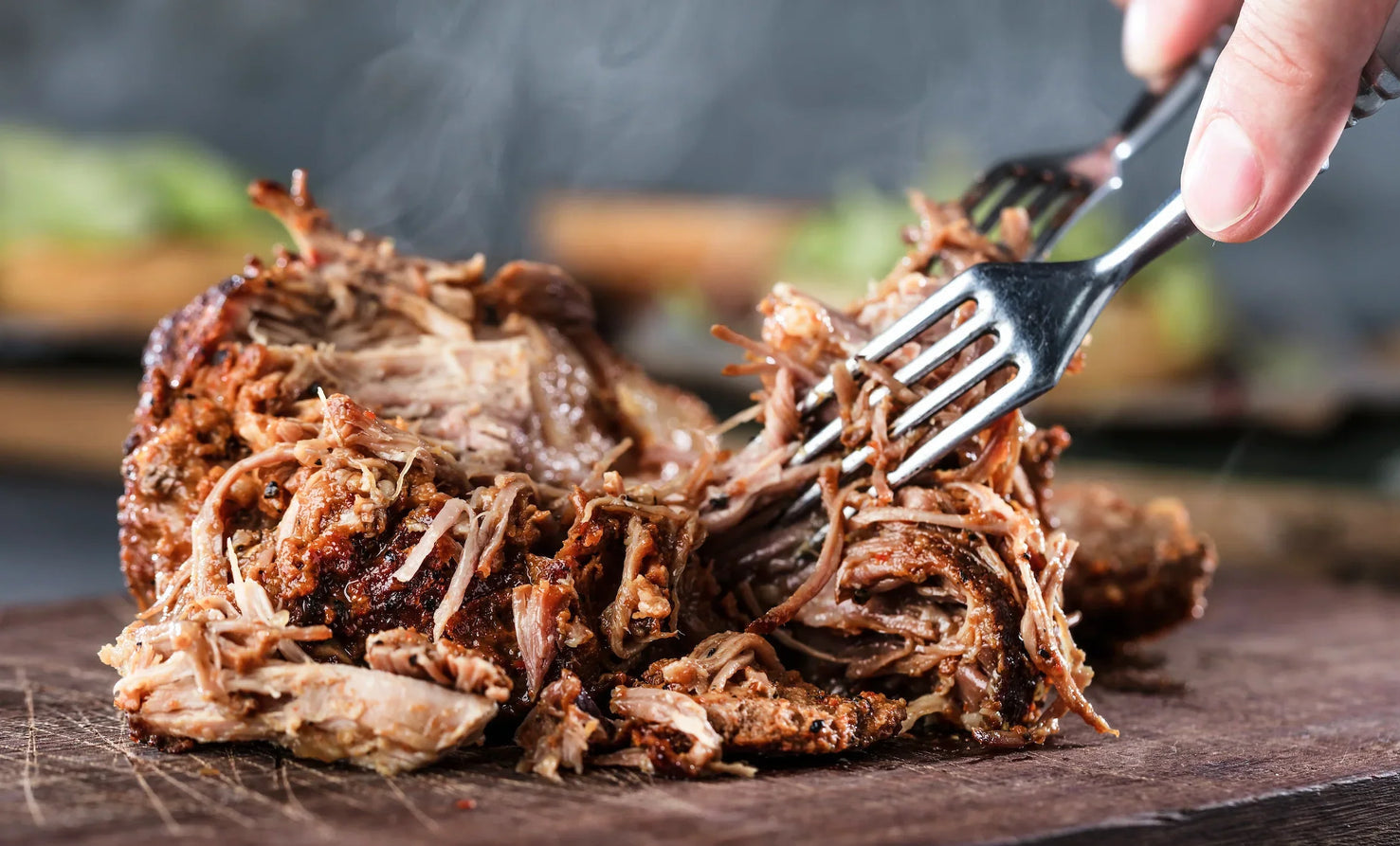
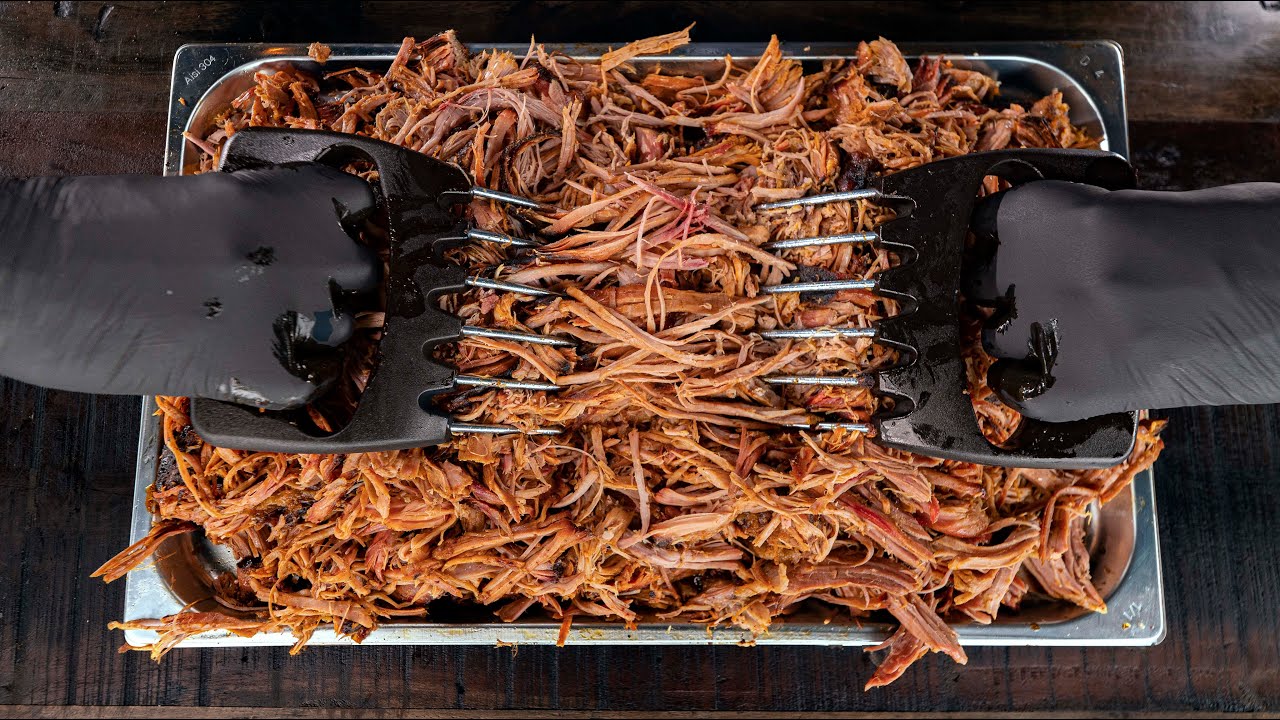
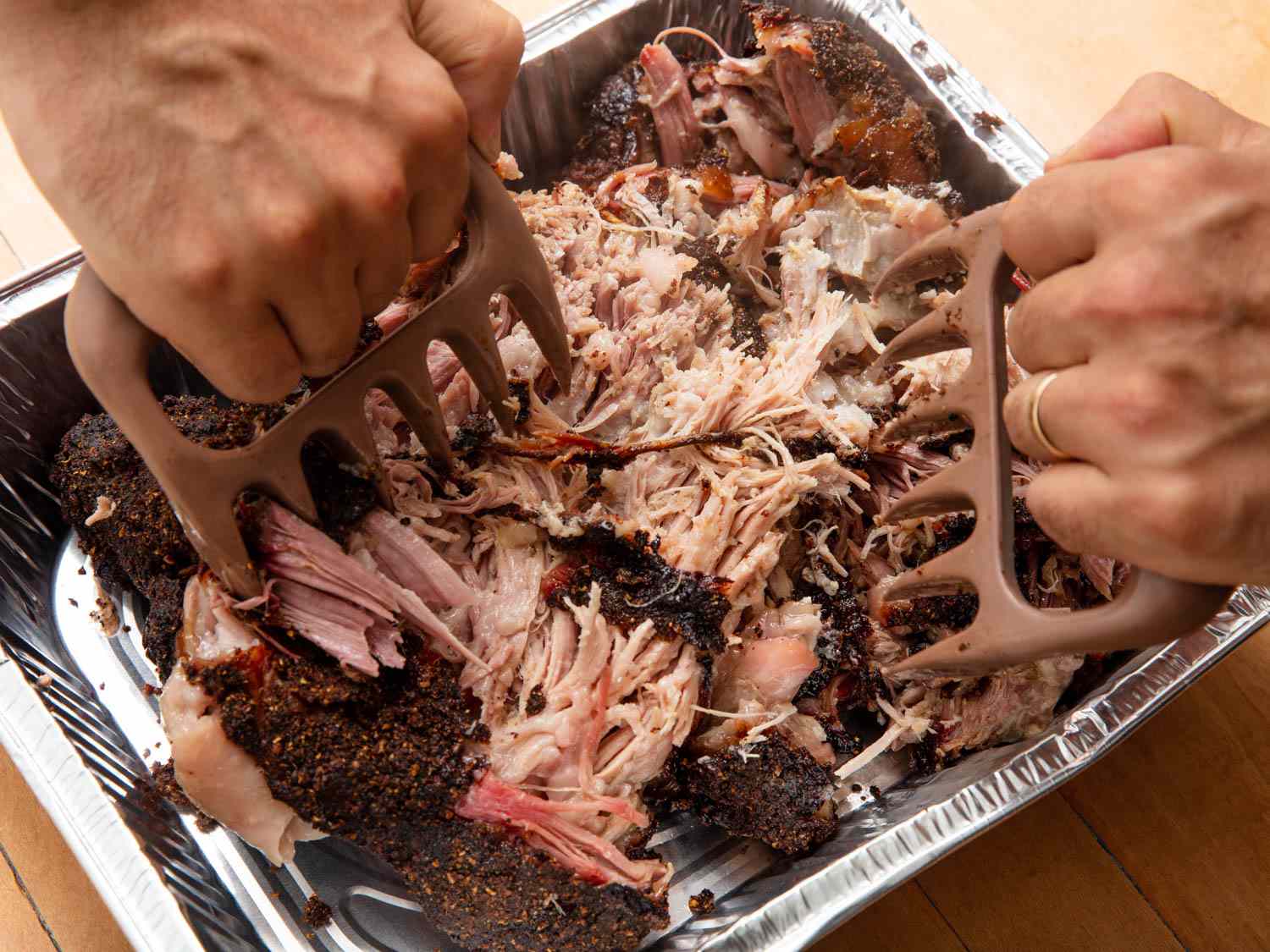
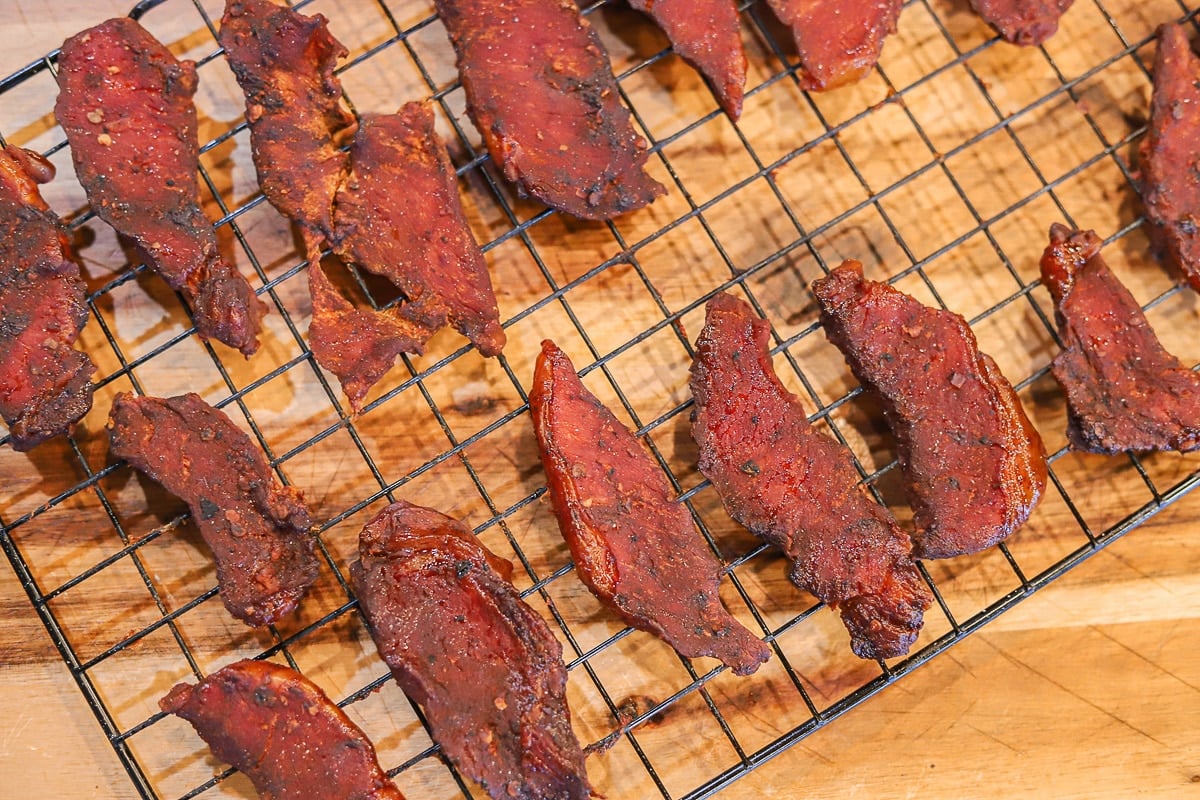
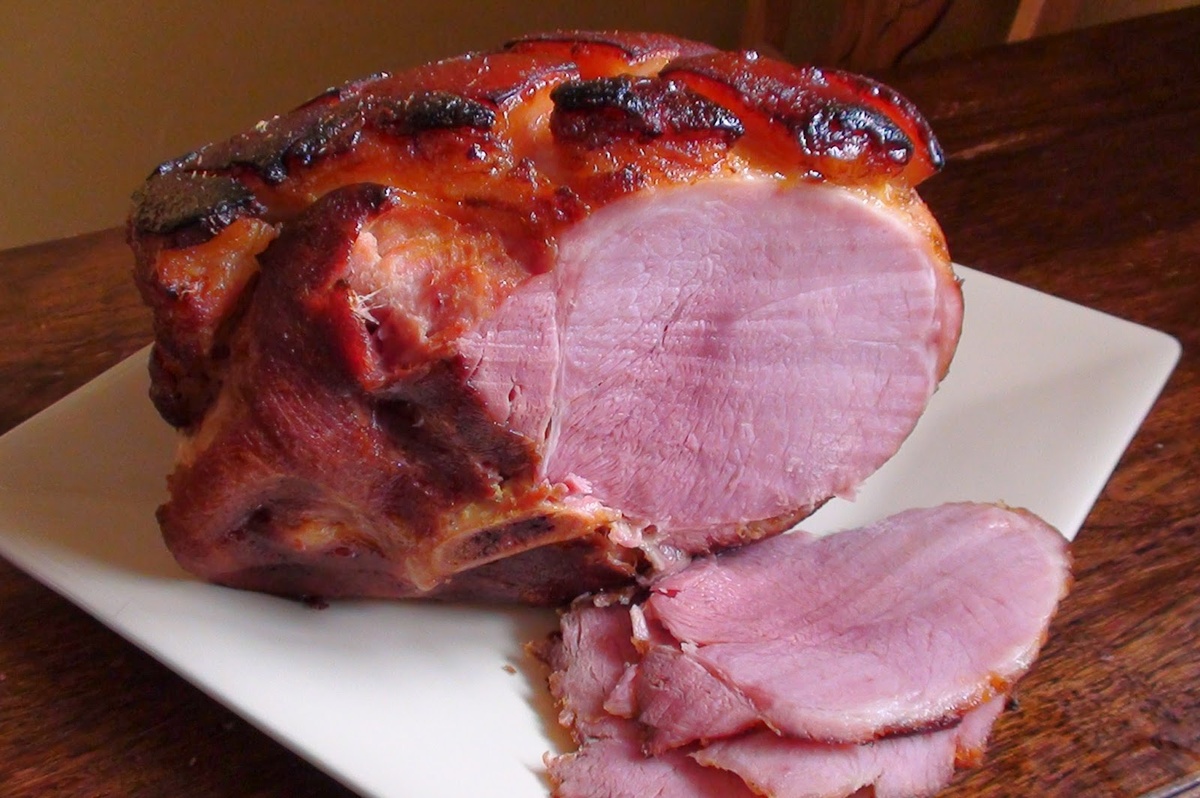
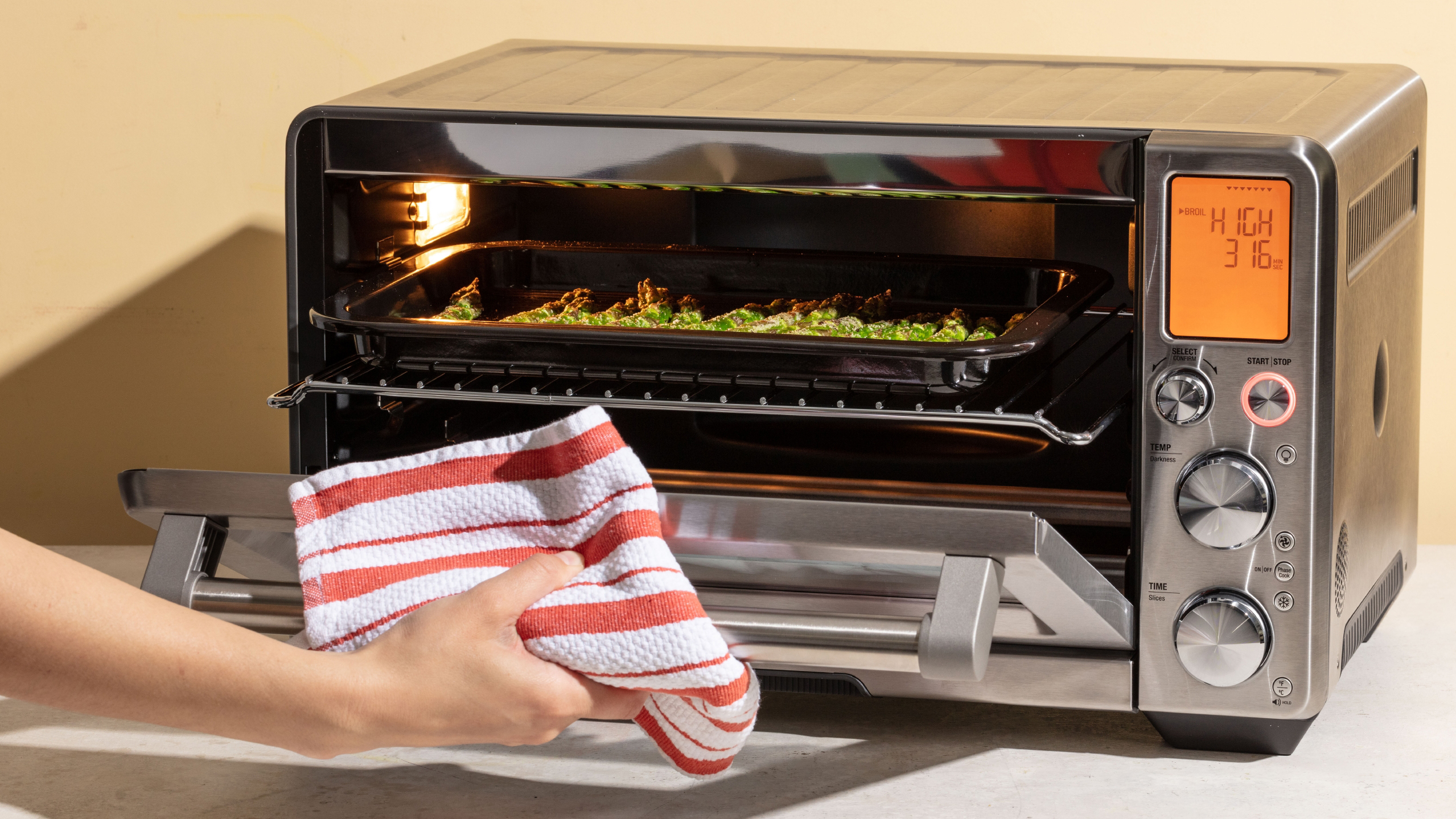

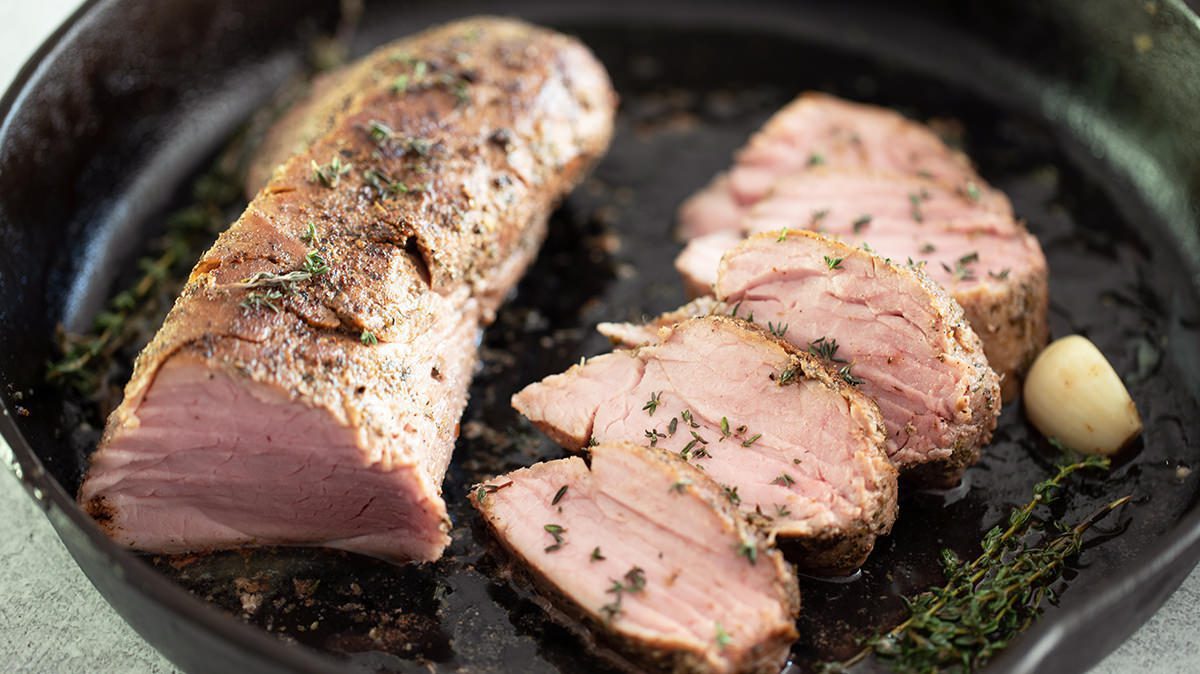
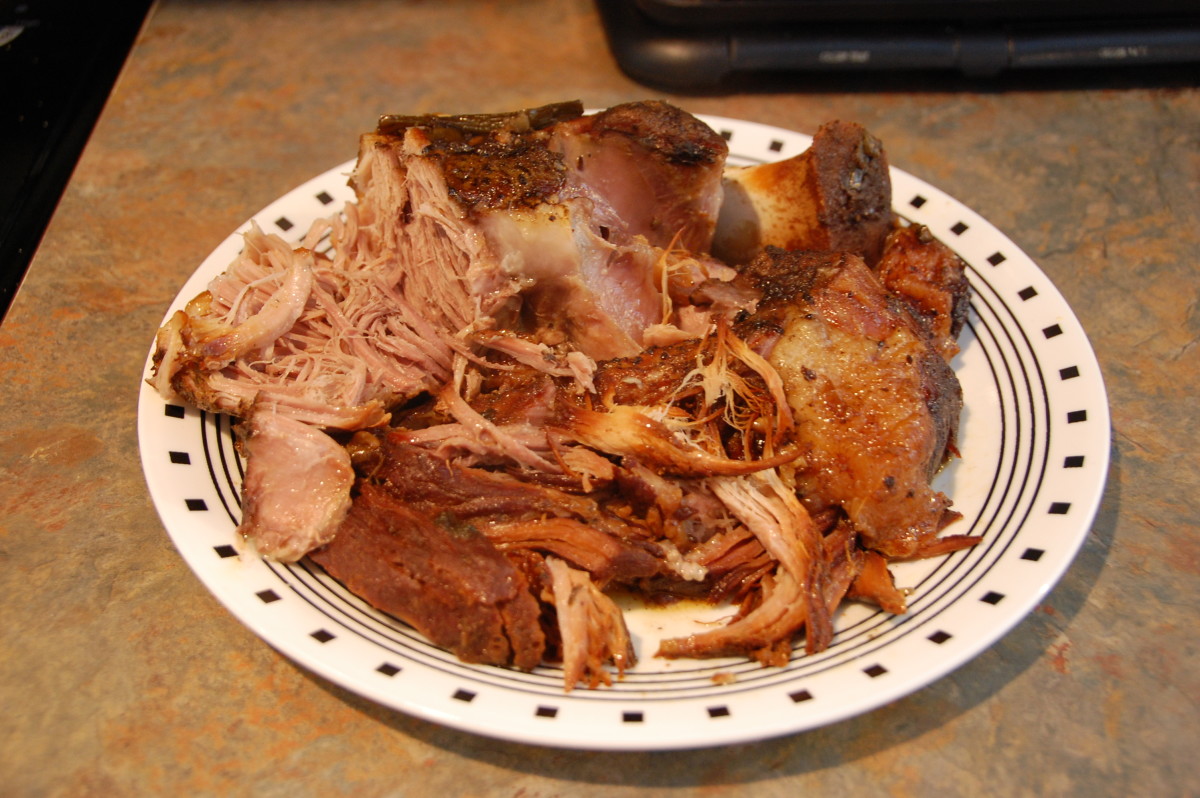
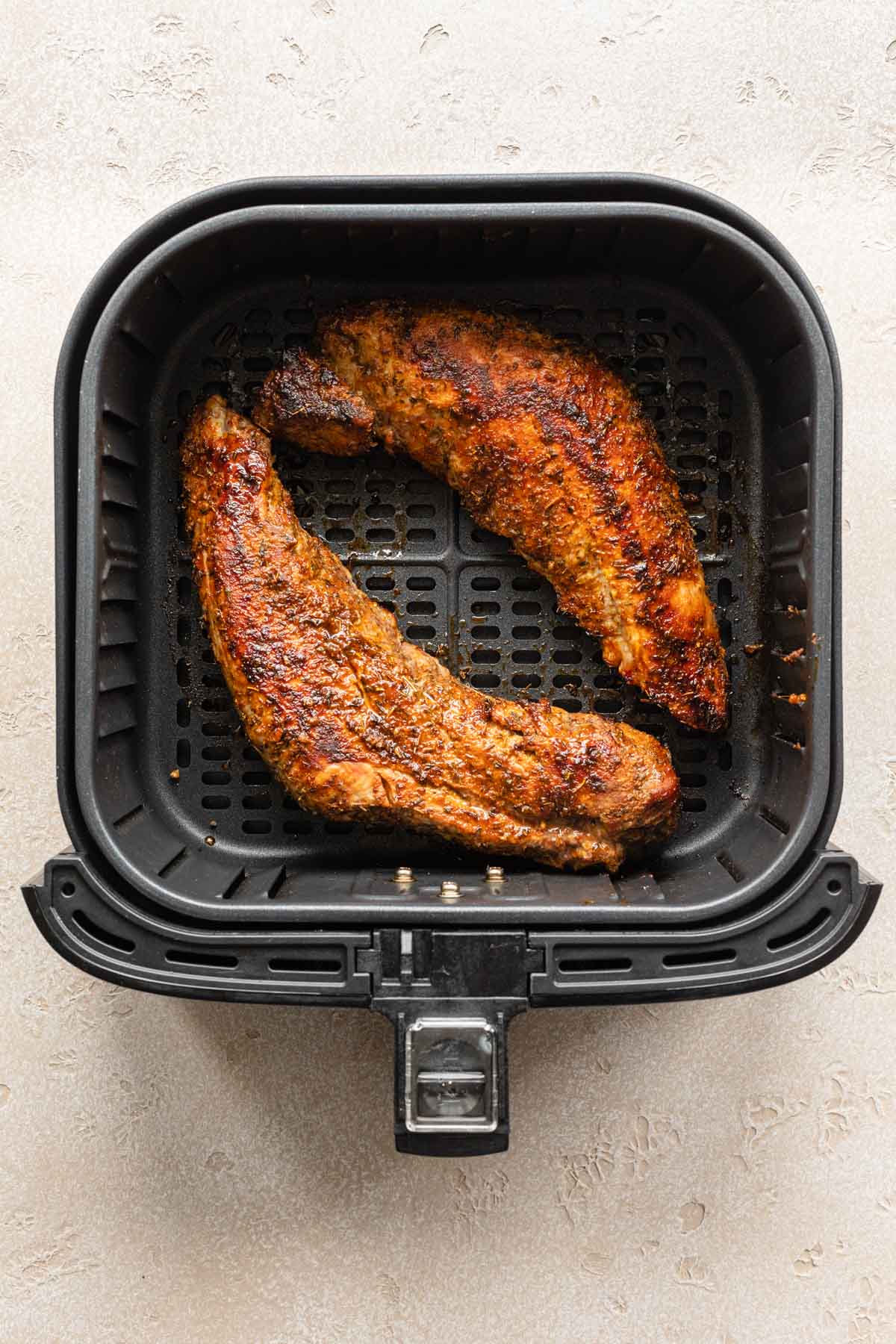
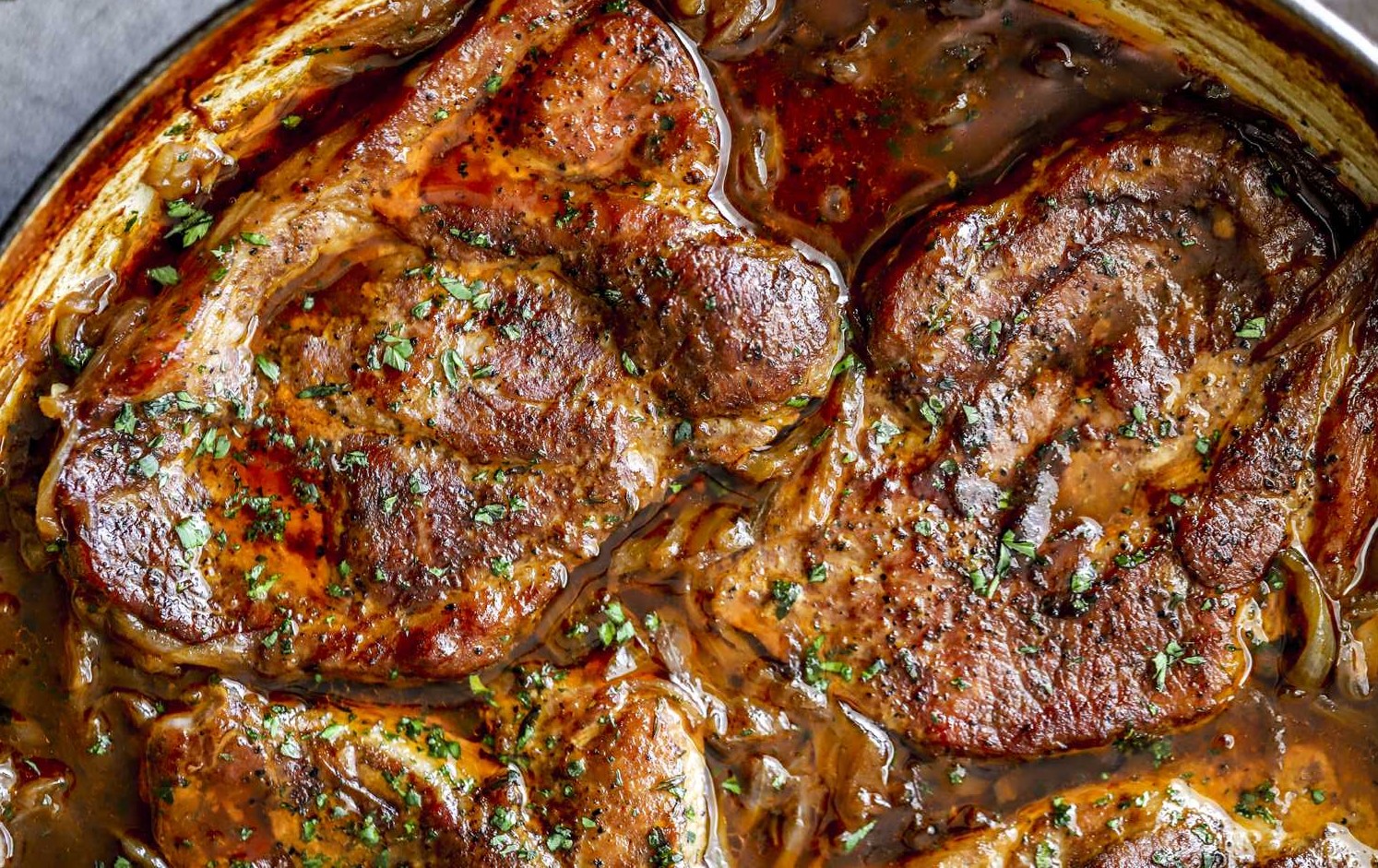


0 thoughts on “How To Store Pork Lard”